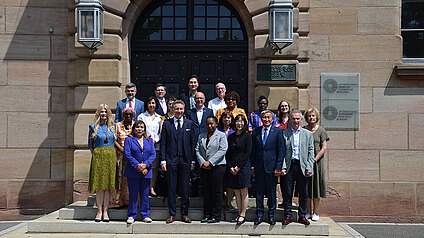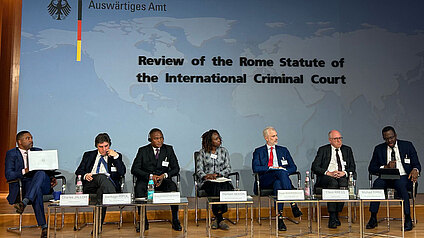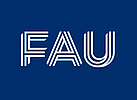Topics
Stay informed with the updates on the Nuremberg Academy’s activities and expertise.
Our focus
We provide a forum by convening international conferences and expert meetings.
We engage in specialised capacity strengthening for practitioners and young professionals.
We conduct interdisciplinary and applied research on international criminal law and human rights.
 About Us
About Us
»Justice can create peace.«
First President and former Honorary President of the Advisory Council














































